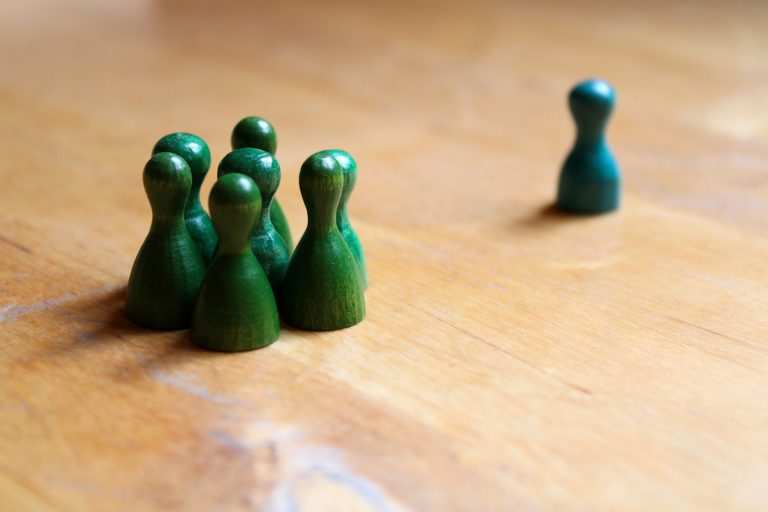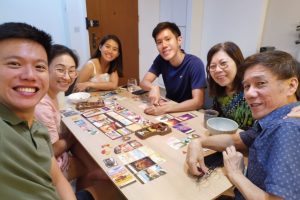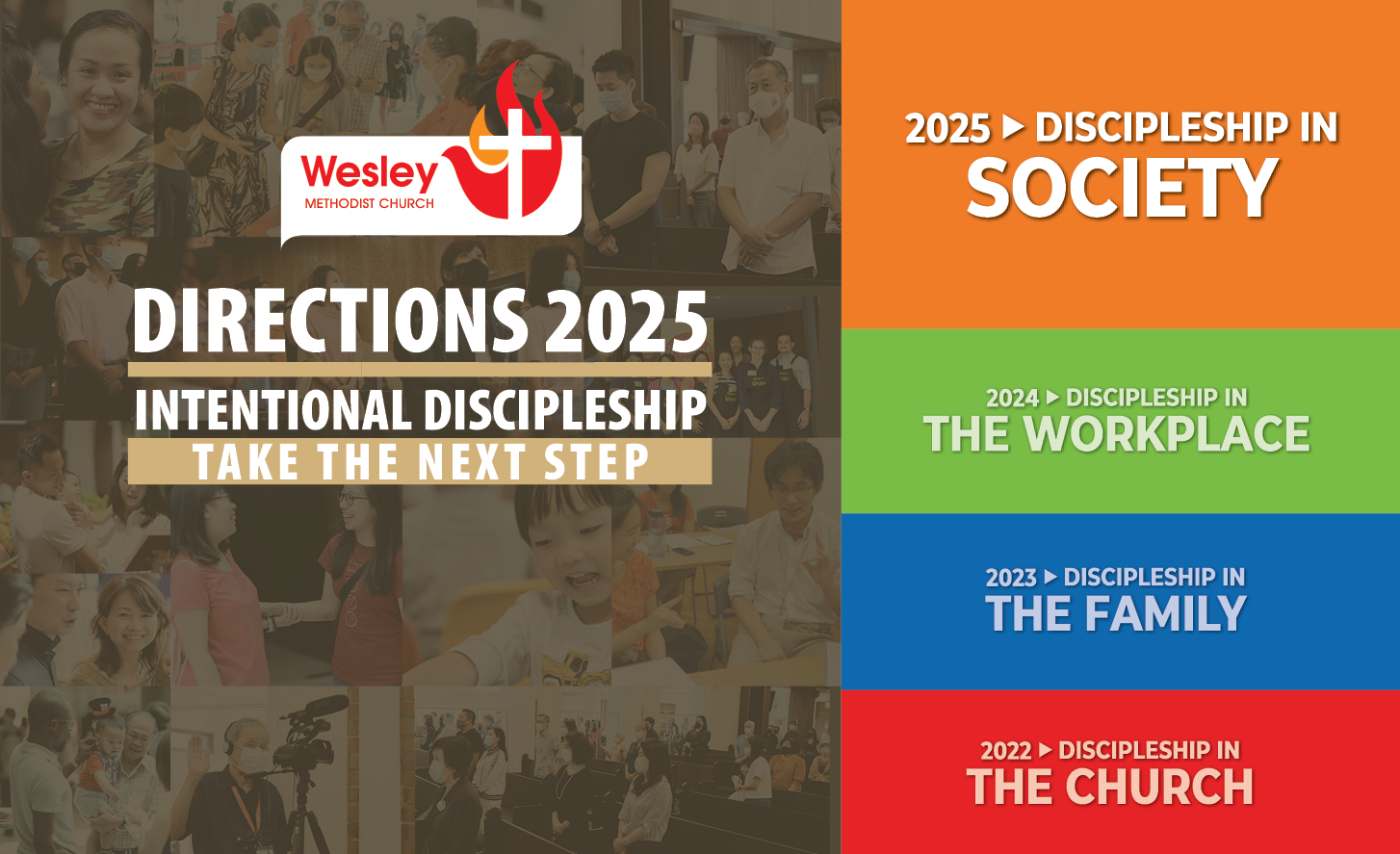One of the most inspiring Bible stories about authentic community involves a paralysed man and the friends who brought him to Jesus (Mark 2:1-8). The paralytic lived on a mat his whole life, probably as a beggar, with no CPF or Medisave.
In Israel at that time, the mistaken assumption was that if people were physically impaired in some way, they had brought it on themselves. Nonetheless, the paralytic was blessed with a group of real friends, who embraced him for who he was. This made all the difference.
Make Community a Priority
People seldom drift into deep community. In speaking of the early Church, Luke (the writer of the Book of Acts) notes: They met together daily. The members worshipped together, ate together, prayed together — on a daily basis. No wonder they grew so close.
We try to create a first-century community at a 21st-century pace — and it doesn’t work well. Unlike fast food, authentic friendship can’t be ‘ready’ in minutes. You can’t listen or care while in a rush. You can’t empathise or encourage while in a rush. When life and ministry have so many KPIs, agendas and targets to meet to be deemed ‘successful’, it is hard for friendships to arise. Carrying another person’s mat takes time. In the 21st century, it can seem like too much time, and we are inclined to leave the paralytics behind.

The Fellowship of the Mat
It is a very vulnerable thing to have someone carry your mat. When somebody is carrying your mat, there is an admission of weakness. The mat in the story, which according to society should have created a barrier between the paralytic and his friends, instead became an opportunity for servanthood and acceptance. The group became the Fellowship of the Mat.
Amongst them, there was the precious gift of trusting vulnerability and dependable faithfulness. In healthy families, Small Groups and churches, there is a Fellowship of the Mat.

Mission Impossible (made Possible by Friends)
The friends of the paralytic find out that Jesus is in town. One of them says, “Why don’t we bring our dear friend to meet Jesus? Maybe Jesus really can heal our friend!”
The task is however far from straightforward. Can they get their friend through the MRT barriers? Or will they all be able to fit into a Grab Taxi? Yet, they persist.
When they get to the home where Jesus is teaching, it is standing room only, and they can’t get in. Then one of them gets an idea — “Bros! What if we make a hole and lower him through the roof? I saw Ethan Hunt do something like that in Mission Impossible!” So great is their love for their friend, that they attempt ‘mission impossible’.
Then the text tells us something remarkable: “When Jesus saw their faith…”. Stories of healing usually describe Jesus seeing the faith of the one asking for healing for themselves or their child. However, in this instance, Jesus observes the faith, not of the paralytic, but of his friends.
Jesus catches a glimpse of what God intended of humanity. He sees people who love and care in the face of shame and brokenness.
Jesus sees their faith.
Jesus speaks gently, “Son, your sins are forgiven.”
This paralytic — who has been judged and teased for his physical impairment, for not being good enough, is told by Jesus: “You’re clean. You’re forgiven. You are right with God.”

Discipleship in Community
The others in the room — including the teachers of the law, people who were perceived (and who perceived themselves) as spiritual elites — had positions of honour, but they had no friends to bring to Jesus. Apparently no one they knew, or choose to know, was hurting, was ill, was lost or needed Jesus.
The ‘teachers of the law’ had no one to bring to Jesus. And they had no love for the paralysed man who needed Jesus’ touch.
Jesus then turns to the paralytic and commands: “Get up, take your mat, go home.”
There is a pause of anticipation.
The paralytic stands up, lifts his mat off the ground and folds it up.
His body has been healed, but not only that — his heart and soul also. His sins have been forgiven.
Every time he looks at that mat, this man remembers the little community he was part of that crashed through a roof for him.
His greatest gift isn’t his restored legs. It is his friends who stood by him and even brought him to Lord Jesus.
In the same way, we are all spiritual paralytics in our own way. We desperately need each other to carry each other’s mat, to bring each other to Christ, when our hearts are broken, and our spiritual limbs immobilised.
Under the Wesley Discipleship Model, it is in the context of spiritual relationships that we are “best able to live out the commands found in the Scriptures and be challenged to grow in Christlikeness. It is also in relationships that we receive encouragement, inspiration and guidance to live a life worthy of God’s calling.”[1] It is also no wonder that the band meeting was the primary engine of the early Methodist revival for discipleship and spiritual formation.[2]
Do not miss out on being part of an authentic community of faith. If you would like to explore joining a small group, please e-mail: smallgroup@wesleymc.org.
[1]To find out more about the Wesley Discipleship Model, visit: https://wesleymc.org/dn/grow/i-want-to-be-a-disciple-of-christ
[2]To find out more about Discipleship bands, see Benjamin, M. and Walt, J.D.(2019). Discipleship bands: A practical field guide. Seedbed Publishing. (At the date of writing, a free copy of the guide is available online: https://discipleshipbands.com )
Read also: Rediscovering Discipleship – The Pledge and the Intentional Disciple







